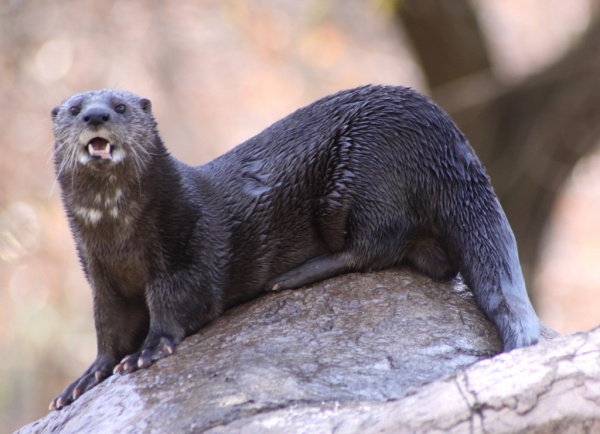Facts About Spotted-necked otter
The spotted-necked otter, also known as the speckle-throated otter, is a captivating small mammal native to sub-Saharan Africa. These otters rank among the smaller otter species, with males measuring approximately 71 to 76 cm in length and weighing between 5.7 to 6.5 kg. Females are generally slightly smaller. Their fur ranges from a charming reddish to chocolate brown, and is distinctively marked with creamy or white blotches on their chest and throat.
These otters are superbly adapted for aquatic life, excelling in swimming and hunting their preferred prey: fish. They inhabit lakes and larger rivers across Africa, particularly south of 10°N, with notable populations in areas such as Lake Victoria and Zambia. In addition to fish, they also feed on frogs and small crustaceans, showcasing their excellent hunting skills driven by sharp eyesight in clear waters.
Spotted-necked otters are diurnal, meaning they are active during the day. They are not highly territorial and typically seek shelter in burrows or rock crevices for nighttime rest. These otters are also known for their vocal behavior, communicating through a variety of high-pitched whistles and sharp chatters.
Unfortunately, these endearing animals face significant challenges. Their populations are declining due to habitat destruction, pollution, and hunting for bushmeat. To secure the future of the spotted-necked otter, focused conservation efforts are essential. Hopefully, we can protect and preserve these fascinating creatures for generations to come.

 Guinea
Guinea